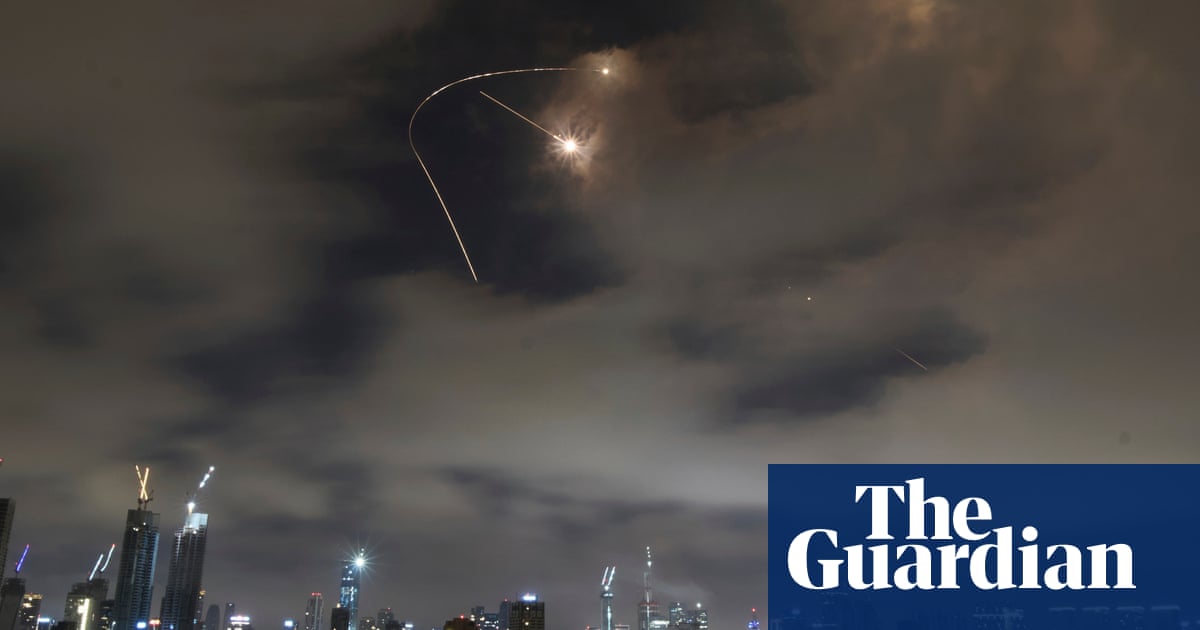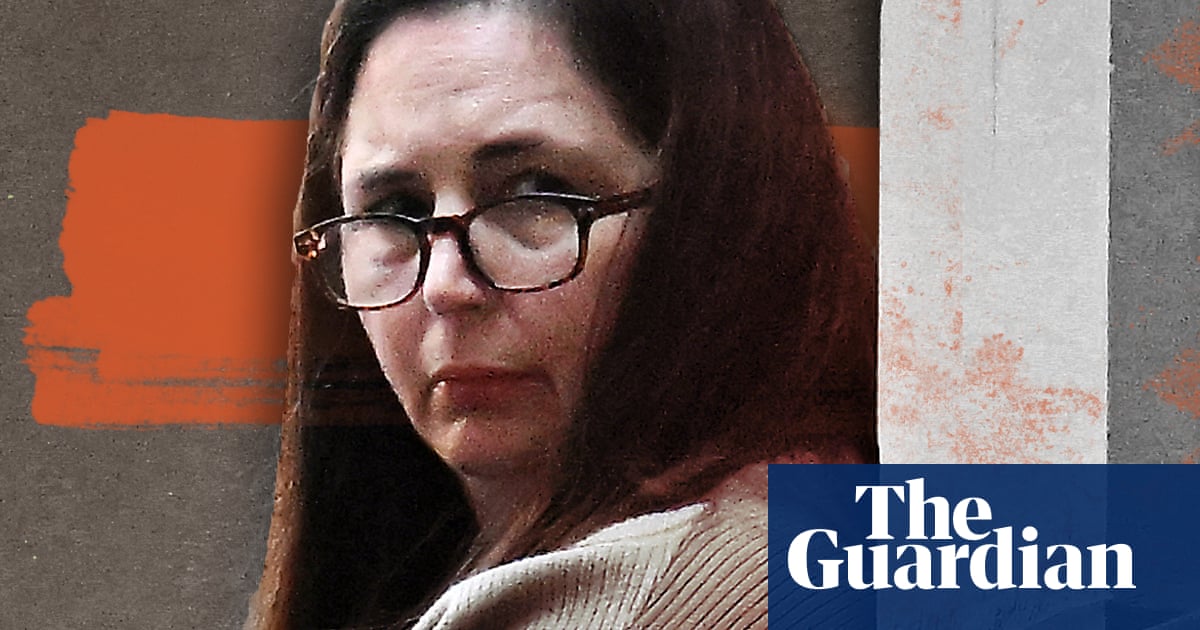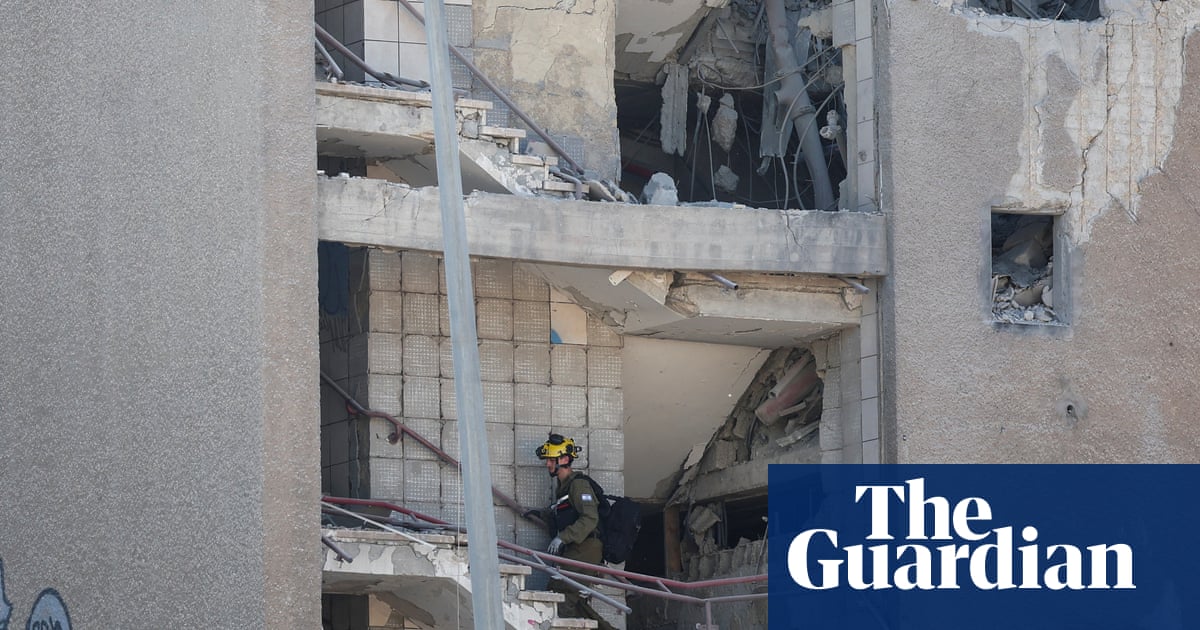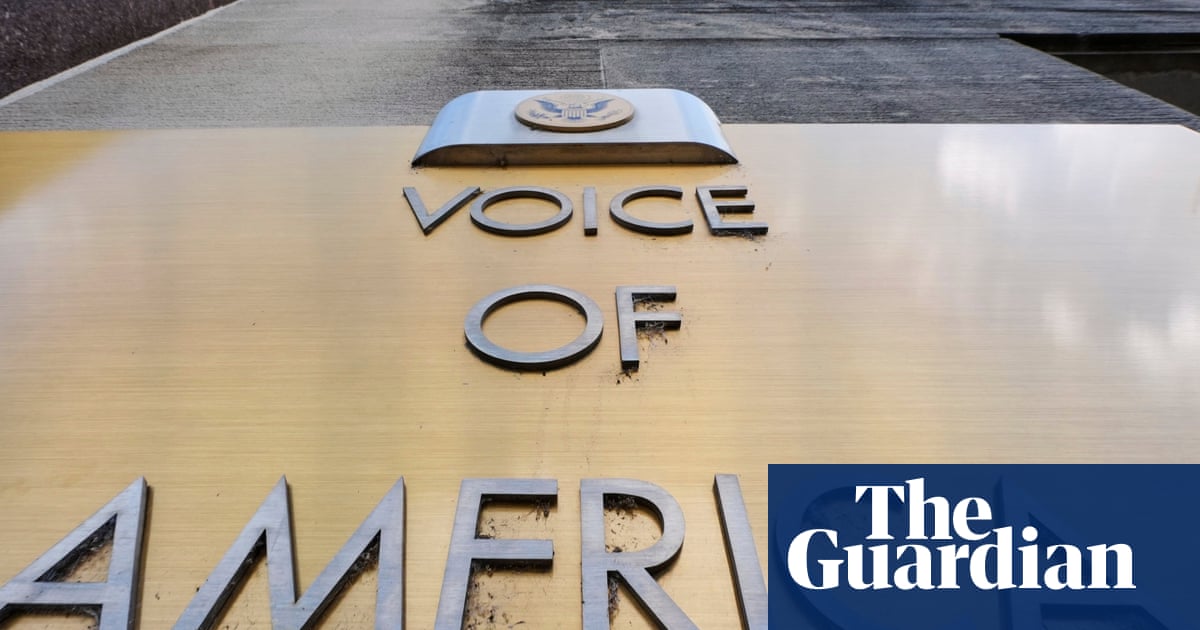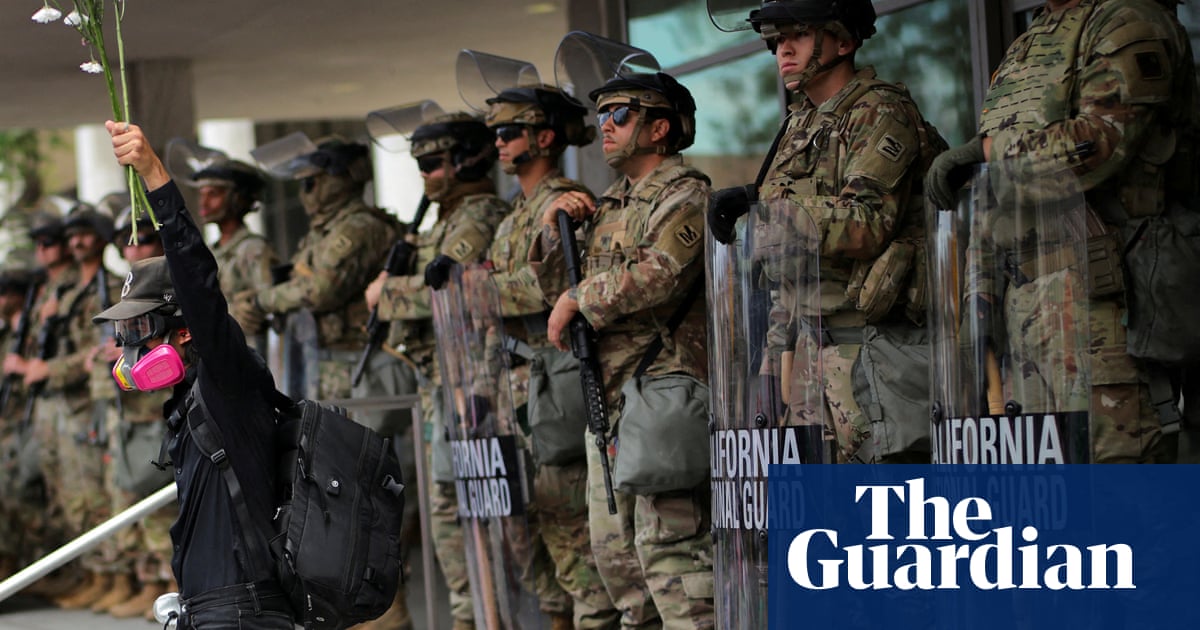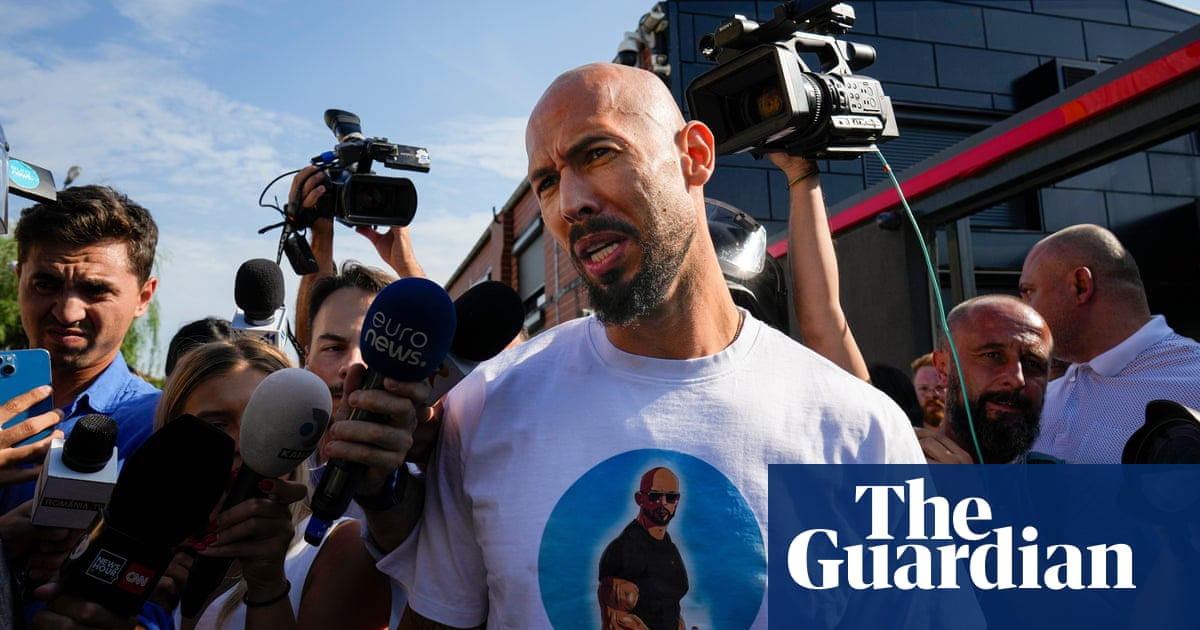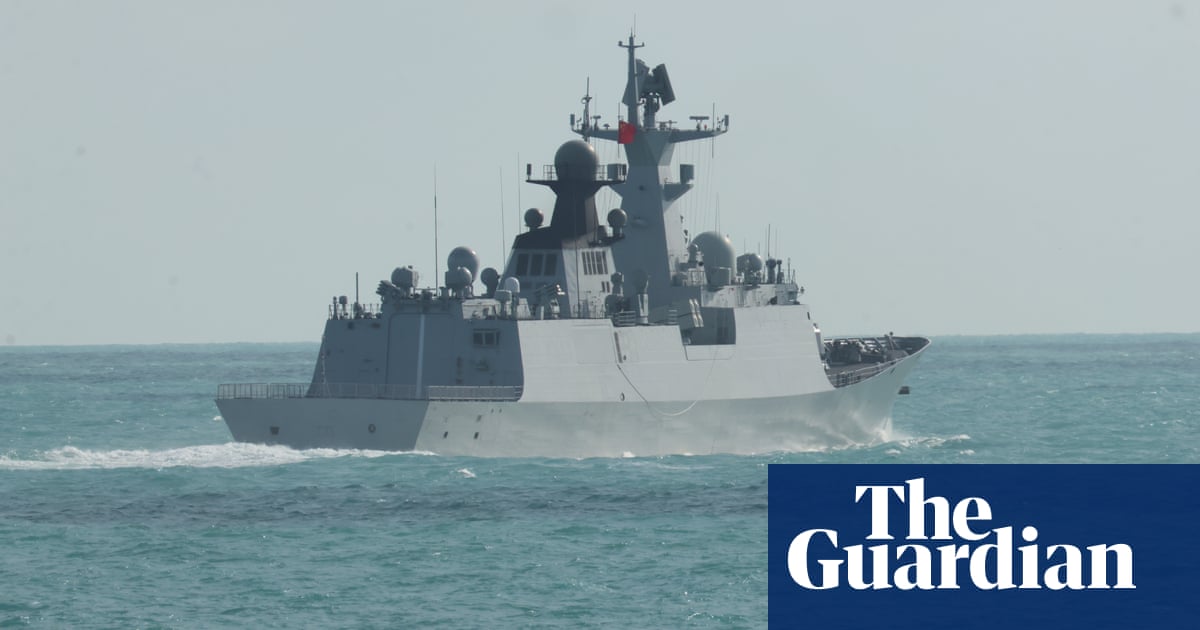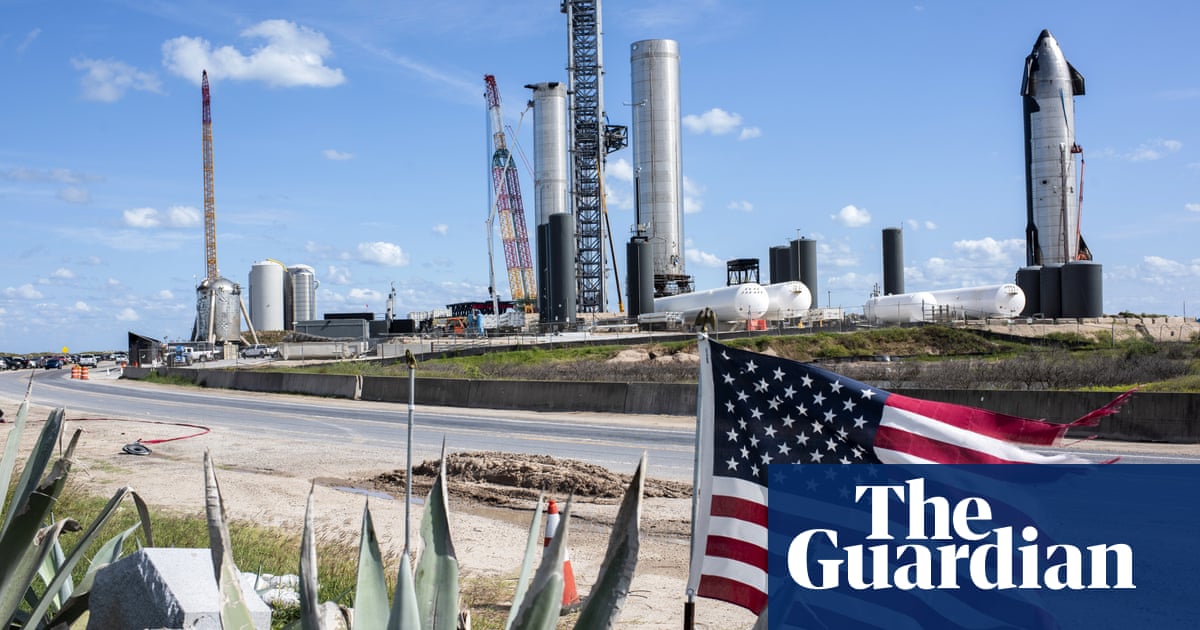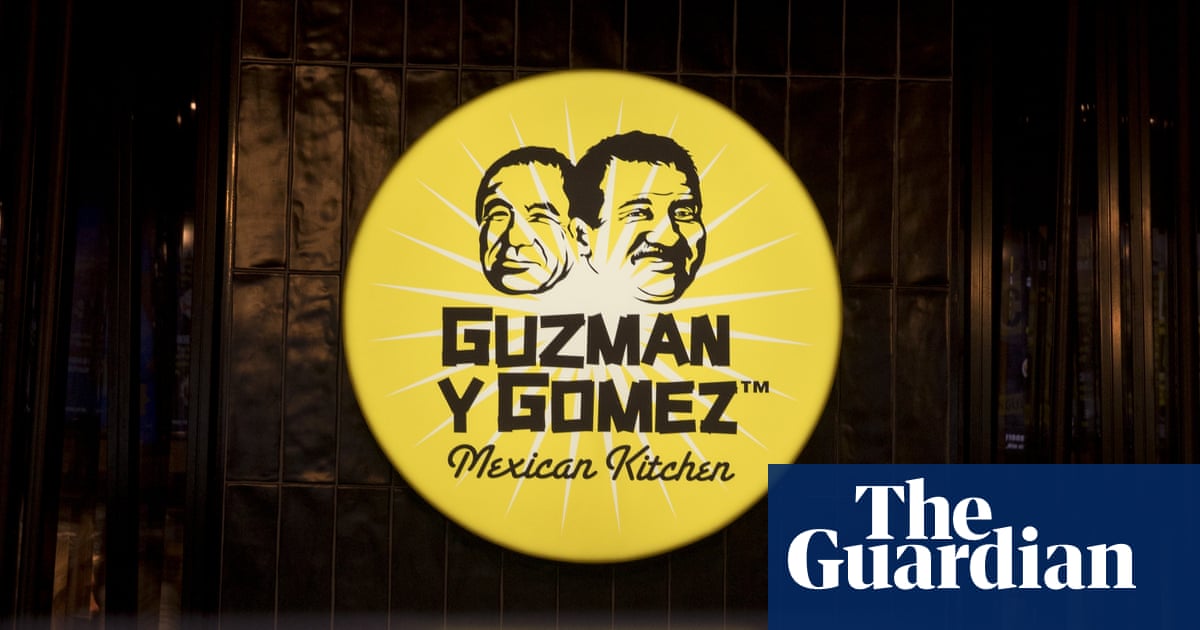Like so many others across the Gaza Strip, Khalil al-Hakimi felt a weight lift from his shoulders for the first time in over a year when Israel and Hamas agreed a long-delayed ceasefire in January.
He cried and hugged his five children tightly. “I slept deeply, free from the sound of bombing, destruction and death,” he said.
The 44-year-old engineer was out on Gaza City’s dark streets looking for food when he was shot by a sniper one night last December. Three months later, he had to have his right leg amputated, and made it back home to Jabaliya on crutches.
In the rubble, the family began to think about how to rebuild their lives, but the relief was short-lived. Israel unilaterally pulled out of the agreement two months later, imposing a total blockade on the Palestinian territory in early March, and resuming full-scale bombing two weeks after that.
No food or medical supplies have entered Gaza for nine weeks, and Israeli forces have now seized about 70% of the territory as military buffer or civilian no-go zones, pushing 2.3 million people and aid operations into ever-smaller areas – which are no longer designated as “humanitarian zones”.
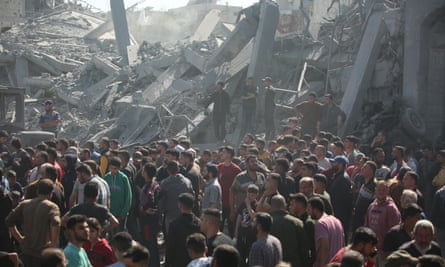
Rafah, on the Egyptian border, was Gaza’s lifeline to the outside world, but is now under total Israeli control, turning the strip into an enclave enveloped by Israeli territory (“Whoever controls Rafah controls Gaza,” as a former Israeli general put it). And on the international stage, Donald Trump has broken a decades-old taboo by suggesting Palestinians should leave.
Over 18 months of war, Israel has pointedly not released many concrete details about its plans for Gaza’s future.
But the ferocious new military campaign,the unprecedented blockade the seizure of Rafah, and Israel’s announcement that it planned to “conquer” the territory and establish a “sustained presence” there – all instigated since Trump’s return to the White House, and with his blessing – point to only one endgame.
“I used to be respected and financially secure … The war turned me into a thief just trying to feed my children,” Hakimi said, beginning to cry. “I never tried to leave Gaza before but I am sure that if [Rafah] was open, most of Gaza’s people would leave. There is no life here.”
Almost 80 years since the Israeli state was founded from the ashes of the Holocaust, the status of Palestinian refugees remains a complex international issue. Approximately 70% of Gaza’s population is descended from refugees displaced by the war surrounding Israel’s creation in 1948, which is known in Arabic as the Nakba, or catastrophe.
About 5 million Palestinians worldwide claim the right of return to ancestral homes and property inside Israel. Almost 1 million reside in neighbouring Lebanon and Syria, where they have been denied nationality for generations on the basis that their stay is temporary.
The Palestinian right of return has been consistently rejected by Israel over fears of its demographic impact, but remains a core Palestinian political demand. Almost every Palestinian family has traumatic memories of the Nakba, which has informed another key Palestinian ideal: sumud, or steadfastness, which emphasises the importance of being rooted to the land and refusing to leave it.
“There is no question this is the second Nakba,” said a West Bank-based Palestinian official. “How many people can stay in the ruins of Gaza? What are we asking from them for the sake of the national project? I like to think I would stay, but I am not in that desperate position.”
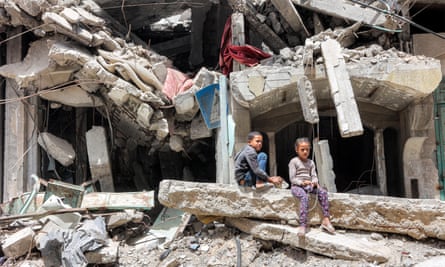
For decades the international community has insisted that the Israeli-Palestinian conflict can only be resolved with a two-state solution. Trump, however, upended this norm and his own ceasefire deal in February by suggesting the only “viable plan” for Gaza is for its population to leave and the strip rebuilt as the “riviera of the Middle East”.
Widely condemned as a blueprint for ethnic cleansing, the plan was flatly rejected by Egypt and Jordan, which Trump initially suggested should take in more Palestinians.
While the White House has since backed away somewhat from the president’s proposal, it is still on the table. Reuters reported that US officials held initial talks with the governments of Sudan, Somalia and Somaliland about agreeing to rehome Gaza refugees, and Israel is setting up a defence ministry agency to oversee “voluntary departure”.
People willing to leave the strip will be allowed to do so “in compliance with Israeli and international law and in line with Donald Trump’s vision”, a spokesperson for Israel’s prime minister, Benjamin Netanyahu, said last month.
Leaving would not be a real choice for many in Gaza, aid workers said. “There is nothing left; I was in Khan Younis recently and there were no signs of Hamas but bombing all the time. The people are already broken, they have not been allowed to leave. Almost everyone would leave now if they have the chance,” said a field worker who asked not to be named.
The war in Gaza is one of the deadliest and most destructive in modern history. More than 54,000 people have been killed in Israel’s offensive on the territory, ignited by the Hamas October 2023 attack in which 1,200 people were killed and another 250 taken hostage. About 70% of Gaza’s infrastructure has been damaged and its water, sanitation and medical systems completely destroyed.
Free of even the limited constraints imposed by the Biden administration, ground and aerial operations have intensified. Israel says the new measures are necessary for security.
After a security cabinet meeting late on Sunday, Israeli officials said the Israel Defense Forces (IDF) were preparing for a new offensive leading to “the conquest of Gaza and the holding of the territories, moving the Gaza population south for their protection”.
Israeli-designated “humanitarian zones” have quietly been shelved, including al-Mawasi, on the southern coast, where more than 1 million people sought shelter over the course of 2024 and to where many are now fleeing again.
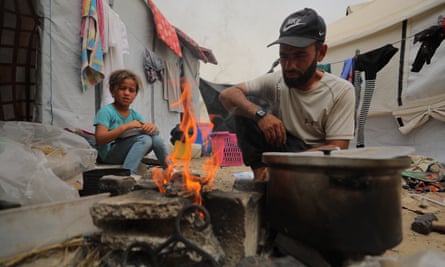
“Rafah will designated as the new Mawasi, and from Rafah, people will be encouraged to leave,” said an aid official from a major humanitarian organisation. “The gameplan is very clear.”
Along with the army’s new land seizures, a former Israeli military intelligence officer, who was called up for reservist duty at the beginning of the war, said that targeting protocol in Gaza airstrikes appears to have become “more permissive” since the ceasefire collapsed.
He cited the bombing of Nasser hospital in Khan Younis in March, which killed the senior Hamas politburo member Ismail Barhoum and his aide, and injured several medical staff, as an example. “A strike like that, on a political official, inside a hospital … That would never be signed off in the first few months of the war. They have run out of more serious military targets,” he said. The IDF did not respond to a request for comment on the source’s allegations before publication.
Another plank of the escalation in Gaza aimed at forcing a Hamas surrender is the renewed siege, which has left the strip without aid, food and fuel for generators. Israeli officials say Hamas siphons off aid and uses it to control the strip’s population. Israel has repeatedly denied using starvation as a weapon.
“The Israelis know what they are doing with this closure. They calculate everything, down to calories, what they allow in,” said Amjad Shawa, the director of the Palestinian NGOs Network in Gaza. “In the community kitchens we only have rice left, and that will run out next week. In 18 months of hell this is the worst the crisis has ever been.”
Representatives for Cogat, the Israeli defence ministry department tasked with civilian oversight in the occupied Palestinian territories, did not return requests for comment.
Israel has previously experimented with transferring aid delivery and distribution in the strip to the IDF, but with troops now holding positions in the West Bank, Lebanon and Syria as well as Gaza, and reservist morale ebbing, such a huge undertaking is improbable as well as unpopular.
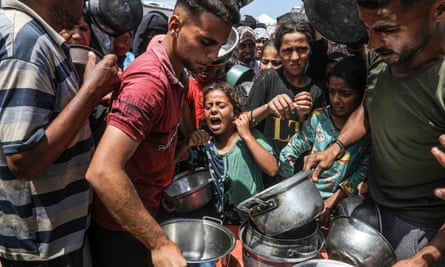
Using private contractors has been under consideration for some time. The presence of two US security firms that oversaw checkpoints in Gaza during the ceasefire – Safe Reach Solutions and UG Solutions – in recent Cogat meetings with NGOs suggests this shift is under way, although aid agencies are still in the dark about when, and what it will mean.
“We are the last independent actors in Gaza, the last international witnesses to what happens,” said a senior aid official critical of Israel’s recent tightening of visa and registration rules for humanitarian organisations. “If we are gone, then that’s it: Israel can do whatever it wants.”
The Times of Israel reported last week that Cogat estimates it will need to allow aid into the strip again within the next few weeks to avoid what it described as “a major humanitarian crisis”, but there is no exact timeline for when the new system will become operational.
In the meantime, the clock is ticking for the people of Gaza. “I never thought I would leave in my life, but there is no horizon here any more, no future, nothing,” said Hakimi, the engineer from Jabaliya. “ Every day is worse than the one before.”

 1 month ago
42
1 month ago
42

